

The maritime environment is evolving with the emerging tide of technology. The designers of these innovations are focused on commercial needs, and this is why environmental regulations are expediting some of the trends to promote sustainability. As a result, they have pushed for further R&D.
The advancement of graphene coating additives has gone another step forward. Major-scale commercial trials are currently ongoing on two commercial ship hulls using a new graphene additive combined in their coatings.
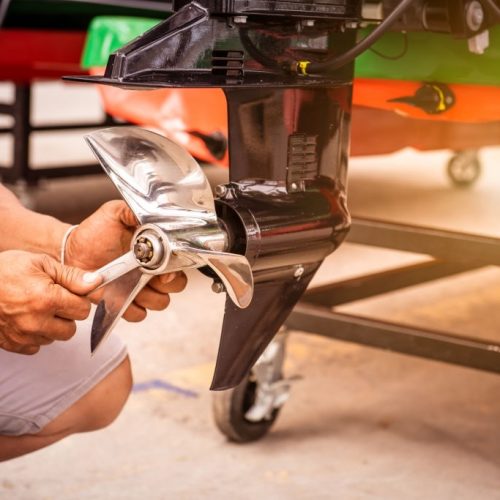
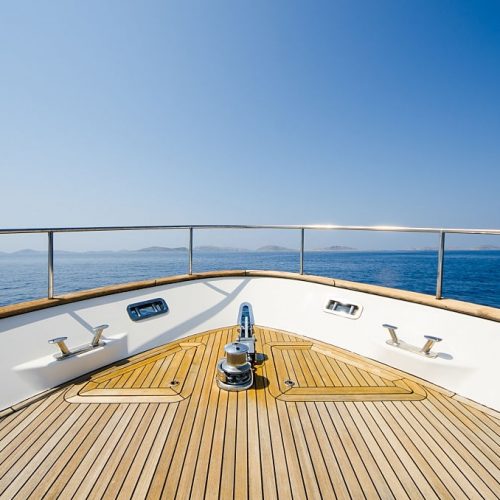
Graphene makes an outstanding contribution to marine coatings. It has an extraordinary mechanical component of a single sheet of carbon atoms in a systematic, repetitive structure. It provides outstanding durability while still guaranteeing that it is incredibly flexible and lightweight.
In marine implementations, graphene can furnish an excellent corrosion protection level when applied in a hull coating, as it is chemically inert. Not only is it beneficial for shipping companies to minimise the wear and tear of vessels, trying to prevent paint from peeling away from hulls can help preserve marine environments by preventing exposure to potentially harmful chemicals.
With the new graphene innovations, technology begins to apply graphene-based coatings for maritime. Some of the companies that make use of graphene for marine applications are:
Talga is one of the world’s largest providers of graphene additives. The company is based in Perth, Western Australia. Recently, the group announced the beginning of a commercial-scale assessment of a Talga graphene-enhanced coating applied to a 33,000t container ship.
The focus of Talga is their latest patent-pending graphene functional technology. It is an on-site dispersible powder that can effectively execute graphene’s exceptional robustness to paint and coatings. The coating application is effective in meeting all the standards and specifications needed for ships of this scale. It confined the Talcoat product’s ability as a ready-mix material for on-site integration by coating companies or paint applicators alike.
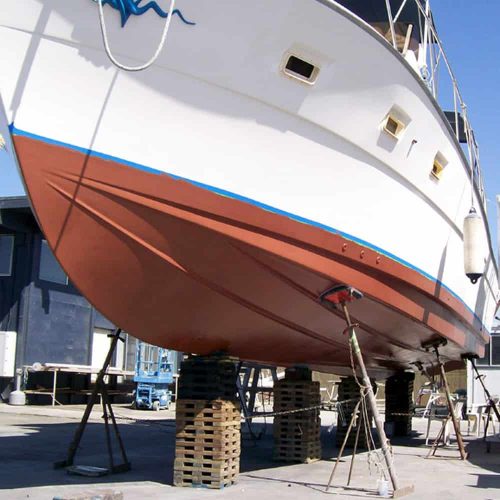
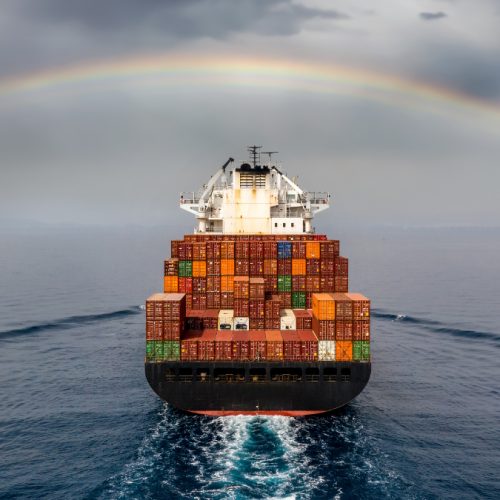
In collaboration with Nova Scotia Business (NSBI) and Innovation Voucher Program with Centre for Water Resource Studies at Dalhousie University, Canada-based Graphene Innovation and Technologies facilitate marine research. The research is specifically about using multiple layers of graphene for protective marine-based applications.
This venture aims to explore environmentally sustainable substitutes for marine anti-fouling coatings. The team is doing a comprehensive field study project contrasting the efficiency of GIT’s GrapheneCoatTM formulations against traditional anti-fouling coatings. Additionally, there is sensitivity analysis to track the microorganisms’ growth rates in the coated samples finely.
Graphene discovery brings tremendous innovations to the science of structures. Lately, groundbreaking graphene-related anti-fouling coatings are the subject of several studies because of their improved mechanical robustness, satisfactory anti-fouling proficiency, and ecological friendliness. Graphene is a promising material that has a distinctive combination of properties. Compared to silicon, graphene has better conductivity, is stronger/more durable than steel, and is thinner. There is a prediction that there will be a variety of ecological and cost-effective benefits. In maritime applications, the industry will enhance corrosion resistance, minimise metallic paint loss into the ocean ecosystems, and improve efficiency by decreasing dry-docking cycles.
The development of graphene coating added substances has moved forward. Enormous scope business preliminaries currently undergo progress on two business transport structures. As of now, they have started utilising another graphene added sense integrated into their exposed metal groundwork.
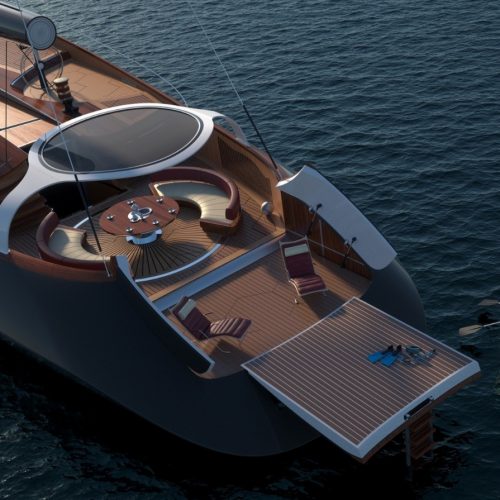
Recently, a battery manufacturing company started applying Talcoat graphene added substance to the exterior of container ships. The high-level preliminaries test functionalised graphene as a solution for existing business marine coatings.
Perth based Talga, will assess the load ships' states. Talga hopes to show a scope of natural and financial advantages, including improved consumption opposition, and diminished metallic paint misfortune into marine biological systems. It accepts better efficiency through protracted drydocking cycles.
During the first trial, experts mixed Talcoat with Akzo Nobel's Intershield 300 for the application. The second trial was diversified on-site. They provided both covering independently and blended at the drydock by the paint implemented before shower application to the ship during docking.
This interaction is a critical business advancement as graphene-based items usually require plant conditions or fluid scatterings to work. In the two cases, the blending and application effectively satisfied all requirements and guidelines needed for the vessels' class.
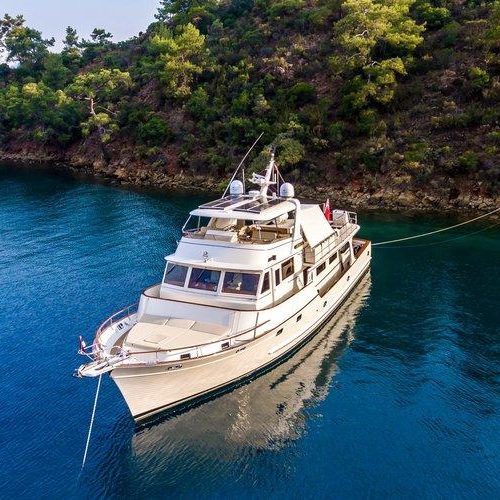
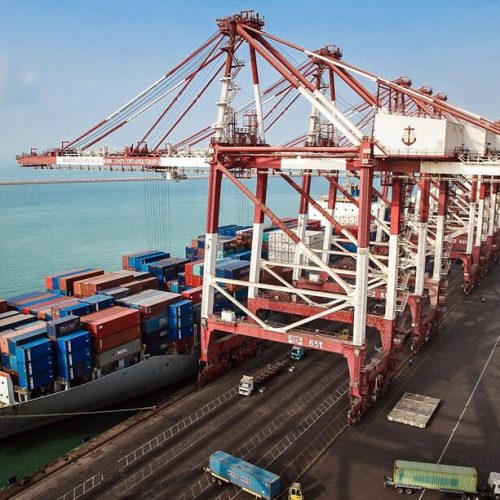
Talga's groundwork for marine implementation contains multiple trial stages to upgrade both graphene and scattering innovation for epoxy-based business preliminaries. The experiment incorporated an industry-acknowledged ASTM B117 where steel boards covered with the Talcoat-helped groundwork showed improved erosion assurance execution contrasted with current business frameworks. The test scopes along the boat's side were impact washed to eliminate earlier coat frameworks before the Talcoat-improved groundwork covering was applied. Implementation of the coating utilises physical shower frameworks. No unfriendly impacts were noted regarding security in gum, application, relieving, and surface highlights. The test zones were then over-covered with the usual topcoats utilised on the remainder of the ships.
Fill the form below: